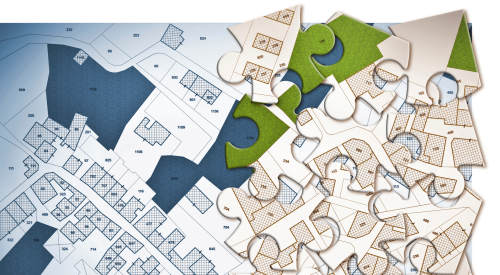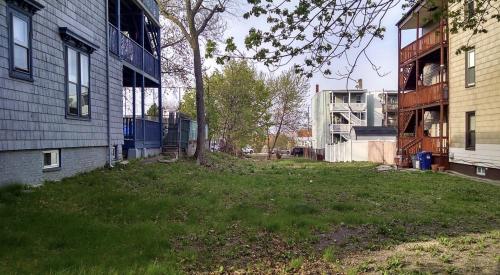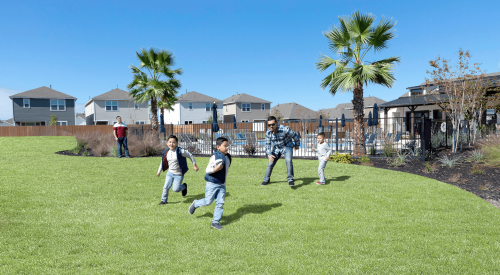The good news is demand for multifamily housing is rising. The bad news, development costs also are rising, available land for new development is limited, and restrictive public policies are making it difficult for developers to bring new, affordable apartment homes to market.
With these factors in play, it’s no surprise that the country is grappling with a housing affordability crisis. More people are migrating from urban cores to neighboring communities with lower housing costs. Hoyt Advisory Services projects the U.S. needs 4.6 million new apartments by 2030 just to meet demand. It’s clear something has to change.
In order to build more units, cities must rethink policies that impact multifamily development. Can cumbersome approval processes be streamlined to minimize their impact on development costs? Can tax incentives help ease operating costs? Could rethinking density and adding more units positively impact both availability and affordability?
RELATED
- NAHB Addresses White House Stance on Fair Housing
- Hard Costs: The Hard Truth
- 2020 Housing Giants Report—Top 25 Multifamily Home Builders
A Policy Rethink for Housing Affordability
Unfortunately, there isn’t a one-size-fits-all solution for addressing the nation’s housing affordability crisis. Each community needs to foster an open dialogue between developers, policy makers, and the community-at-large to develop well-informed policies that reflect the dynamics of the local market. In some communities this may mean rethinking how public land is used, while other communities may need to reevaluate building requirements, such as the minimum number of parking spaces, in order to develop a set of feasible solutions.
As cities evaluate which incentives and adaptations are best suited for their communities, they should consider how these policies can affect a project through the entire development process. For example, during project initiation, public land, public infrastructure and by-right development policies make an impact.
During the entitlement and design stages, design flexibility, accelerated approvals, fee waivers, density bonuses, and reduced parking requirements can all make a lasting impact on affordability.
During construction, direct public capital funding can accelerate approvals can be helpful. And, it doesn’t stop at project completion. Tax abatements and direct public operating funding can positively affect operating costs.
Incentives to Build
Simply put, any one or more of these incentives can help increase the affordability of rental housing. When asking rents are affordable and occupancy rates are strong, developers have more incentive to build.
As cities across the U.S. evaluate the best way to facilitate the delivery of new, affordable apartments, understanding that affordability applies to all renter income brackets is critical. Studying the local market dynamics and identifying where the biggest inventory gaps lay will help cities develop policies that foster a pipeline of new development that is suited to meet the needs of its growing, local renter community. While identifying the right solution(s) requires input from a broad range of stakeholders, a sustainable solution offers lasting benefits for both the community and the economy.













